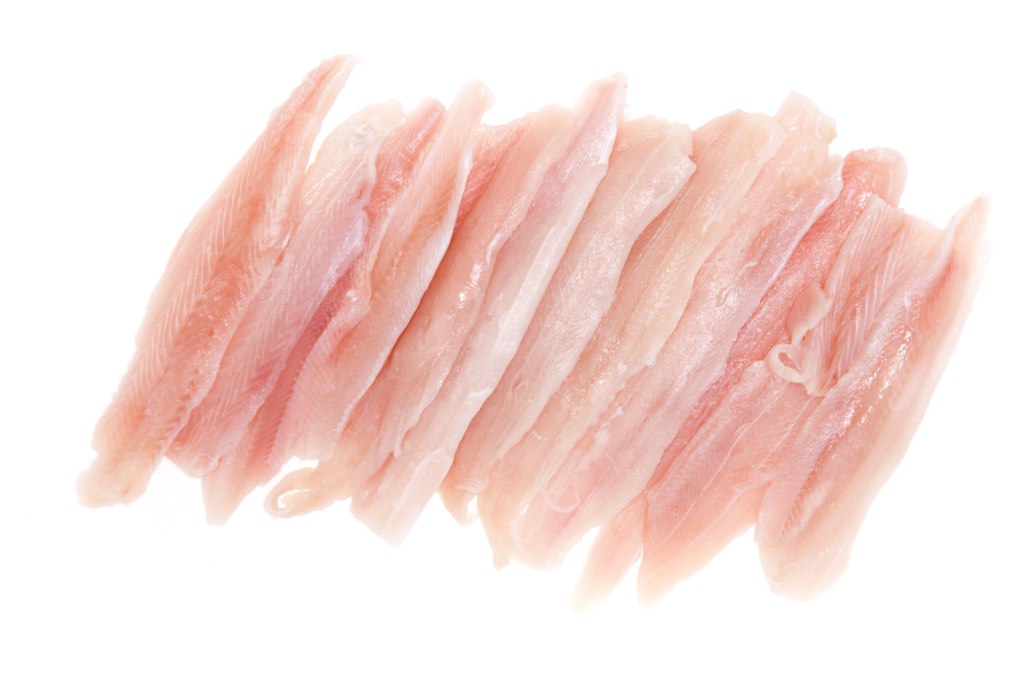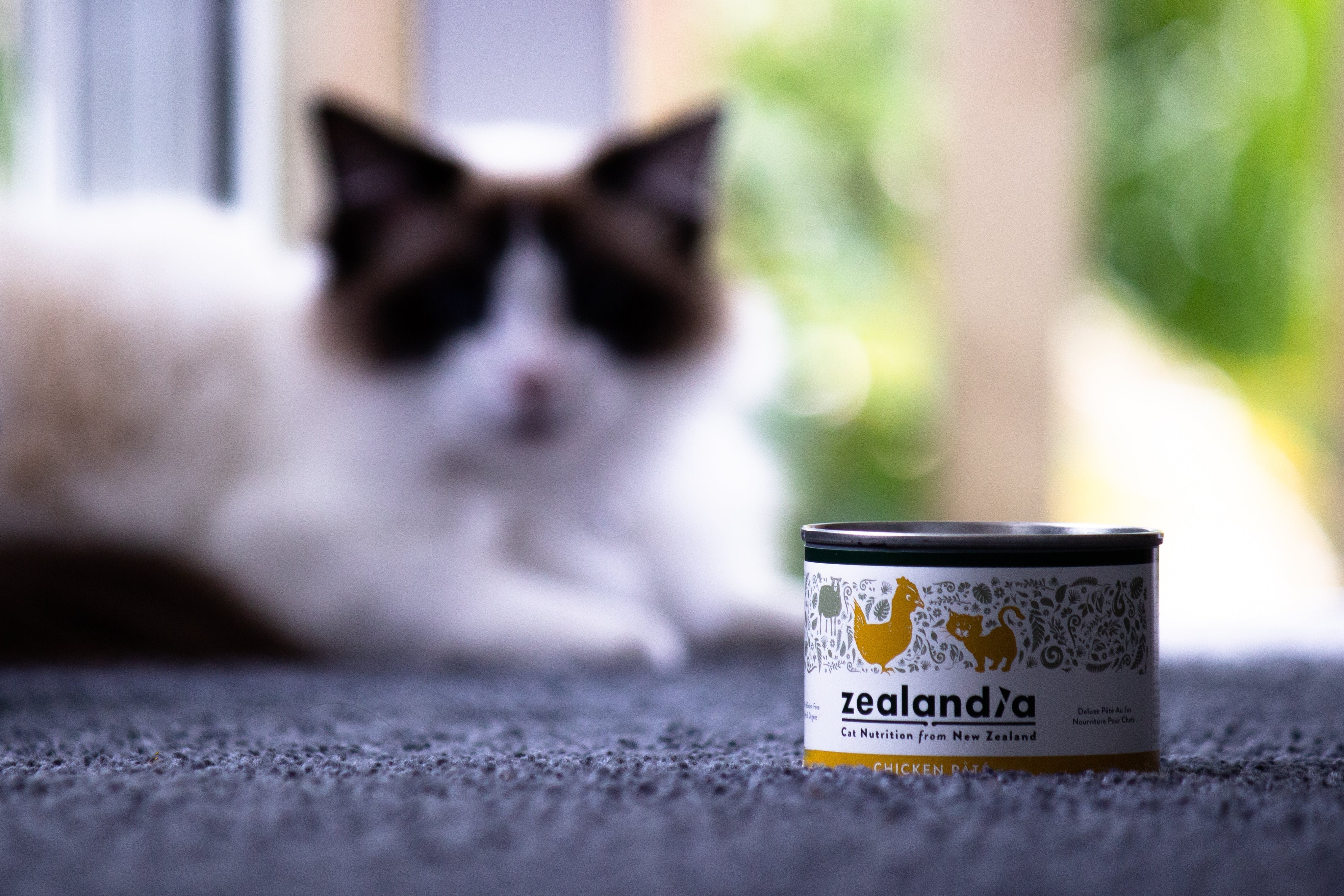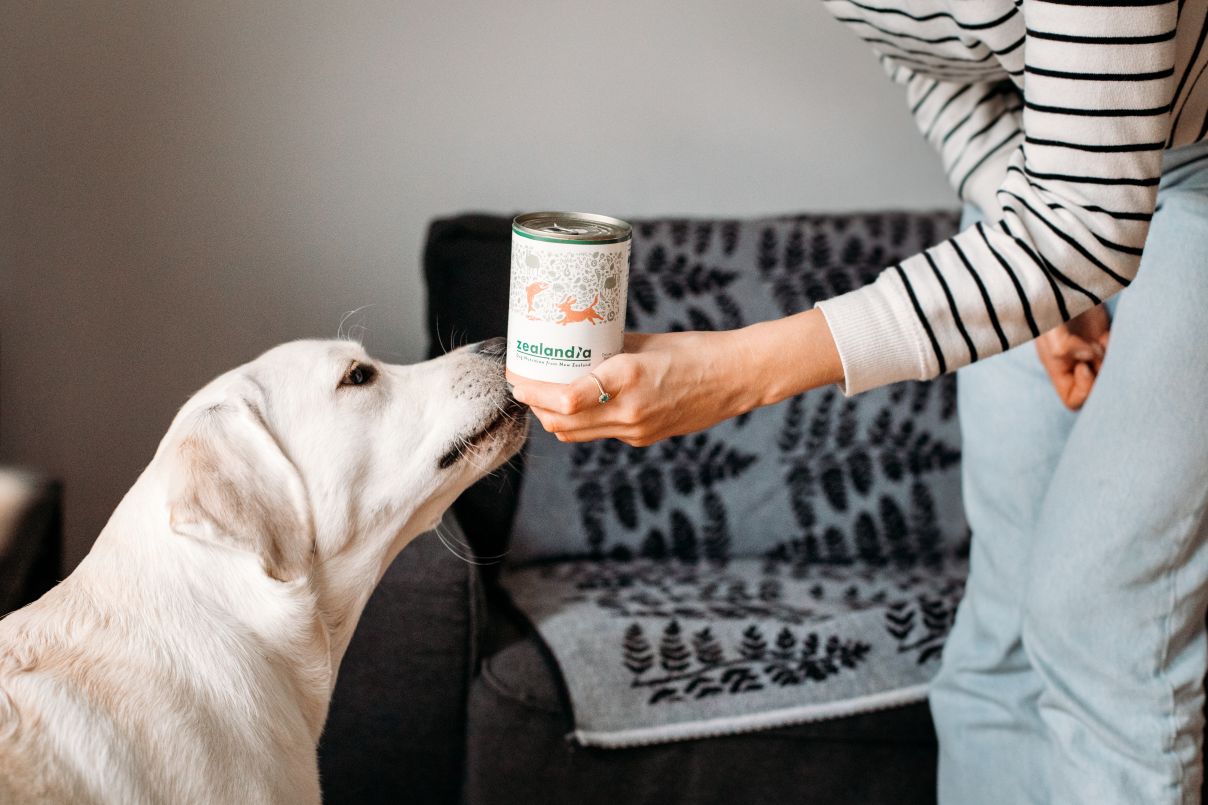Added natural flavours in pet food

By Corinne Wigfall BVM(Hons) BVS(Hons) MRCVS
Additives in pet food can serve many purposes, ranging from nutritional benefits to preventing spoiling. While some additives are necessary and beneficial, sadly, not all additives are made equal. Some are simply palatability ingredients, designed to make junk food taste good. So, focusing on added flavours, let’s take a look at additives in pet foods- which ones to look out for, and which ones to avoid.
Additives in pet food
The term ‘additive’ is used to describe minor ingredients added to the main recipe of a pet food. The purposes of additives in pet food include:
- Nutritional benefits: such as added vitamins and minerals, or probiotics.
- Flavouring: added flavours are sometimes needed to improve the palatability of pet foods. Whether added flavours are necessary will depend on the type of pet food and the processing methods. Ideally, the food should contain good quality ingredients and be naturally tasty!
- Colouring: colours are usually added to improve the appearance of the food, so really for the owner rather than the pet!
- Preservatives: preservatives may be added to prevent spoilage and extend the shelf-life of the pet food. Again, whether preservatives are needed will depend on the type of pet food and the processing methods.
- Antioxidants: Antioxidants can be used to protect pet food from degradation caused by oxidation. Oxidation in this context describes the process where fats or oils in the food react with oxygen in the air, causing the food to become rancid.
- Emulsifiers: emulsifiers such as gums or lecithins can be used to prevent separation of ingredients. They are sometimes used to hold the gravy or jelly together in canned wet foods.
Additives can be natural or man-made. For example, Vitamin E and vitamin C are natural antioxidants. Guar gum is an example of a natural emulsifier.
Some additives are needed in pet food to make them safe and to ensure they contain all the nutrients your pet requires. Although more studies are needed to establish the safety of certain additives, a critical review published in the Journal for Small Animal Practice in 2021 raised some concerns over the safety of some artificial additives, such as cinnamaldehyde. On this basis, it would be wise to look out for natural (rather than synthetic) additives where possible, and when they are necessary and offer added health benefits.
Added natural flavours
Additives to enhance flavour can be ‘natural’ or synthetic. Unfortunately, the term ‘natural’ can sometimes be misleading! While some will truly be natural, other ‘natural’ additives may still be subject to high levels of processing.
According to the European Pet Food Industry Federation (FEDIAF), the term ‘natural’ can only be used for ingredients which have nothing artificial added, and have only undergone minimal physical processing in order to maintain their composition. They must not contain any chemically synthesised ingredients. Accepted physical processes include freezing, concentrating, pasteurising, physical extraction (not chemical), smoking, hydrolysis, natural fermentation and enzymatic processes.
Similarly, the Association of American Feed Control Officials (AAFCO) defines ‘natural’ as “a feed or feed ingredient derived solely from plant, animal or mined sources, either in its unprocessed state or having been subject to physical processing, heat processing, rendering, purification, extraction, hydrolysis, enzymolysis or fermentation, but not having been produced by or subject to any chemically synthetic process and not containing any additives or processing aids that are chemically synthetic except in amounts as might occur in good manufacturing practices”.
As you can see, the term ‘natural’ can be used fairly liberally, since most pet food ingredients will be derived from plant, animal or mined sources. ‘Natural’ additives can also contain trace amounts of chemically synthetic compounds, and still be described as ‘natural’.
Examples of added flavours include extracts from meat, poultry or fish; while synthetic versions recreate these flavours. Pet foods often contain ‘digests’, which are concentrated ‘natural’ flavours formed by treatment with heat or enzymes. For example, a pet food may have added beef digest, and be called ‘beef flavour’ as a result.. This can be misleading, since it may lead consumers to believe that it contains beef as the main ingredient. A high quality diet containing beef as a protein source should already be tasty, and not require any added flavouring.
The real question to ask is ‘why does this food need added flavouring?’. Some pet foods manufactured with poor quality or low palatability ingredients may need to add ‘natural’ flavours to make them more appealing to your pet. In other words, added flavouring to make junk food taste better!
On the flip side, added favouring can be beneficial in some circumstances. For example, there are some pet foods specifically formulated for pets with allergies, which contain hydrolysed proteins. The proteins are hydrolysed (broken down into smaller components) to reduce the risk of your pet having an allergic reaction to them. Unfortunately, hydrolysed proteins tend to be less palatable, so added flavours may be necessary and justified here.
Some ingredients that can be classed as ‘natural flavours’ can have nutritional benefits too, such as nutritional yeast.
The benefits of nutritional yeast
Nutritional yeast is a natural and safe ingredient, with added health benefits. So, while it does enhance palatability, this is often not the main reason it is added. It could be classified as a ‘functional’ ingredient.
Nutritional yeast can help to strengthen the immune system and to support gut health. It is rich in highly digestible protein and essential nutrients, such as B vitamins. For example, it’s an excellent source of vitamin B12. Yeasts are known to be natural antioxidants. They may also have a role as probiotics, prebiotics and postbiotics. Some studies suggest that yeasts may improve nutrient digestibility, by altering the rate of movement through the small intestine. Literature also suggests that yeasts can offer some protective effect against toxins and bacteria, by binding them.
To summarise, the benefits of nutritional yeast may include:
- Enhancing palatability
- Supporting a healthy immune system
- Supporting a healthy gut
- Providing a source of highly digestible protein
- Providing a source of vitamins, especially vitamin B12
- Acting as a natural antioxidant
- Offering a protective effect against toxins.
It’s important to note that feeding a pet food containing nutritional yeast will not increase your pet’s risk of ear or skin disease. The yeast that often plays a role in these conditions is called malassezia, and is unrelated.
What ingredients to look for on a pet food label
Firstly, not all additives are bad. Some are necessary, and some will actually be beneficial to your pet. While all additives in pet food will be approved as safe by the EU, there is limited data on the safety of some artificial additives, and recent reviews have raised some concerns. Therefore it seems sensible to avoid artificial colours, flavours and preservatives as much as possible, just as we may do for ourselves.
Pet food labels will always start with the main ingredient, then list the rest in descending order by weight. So, for example, if ‘beef’ is the first ingredient on the label, then beef is the main ingredient. If you would like further traceability, the pet food’s website should state if the meat is free-range or high welfare. The pet food’s website will also hold further information on the source of ingredients. For example, Zealandia’s website details that their pet foods use free-range, high welfare proteins, and that they are free from preservatives, carrageenan, BPA and added flavourings (because they are naturally high protein and delicious!).
If you are going to feed your pet a food which contains added flavours, look out for those which specifically state the source. It’s best to avoid vague terms such as ‘natural flavouring’ of ‘chicken flavour’ with no further explanation. Ideally, the label should state the source, for example ‘natural preservative from rosemary extract’. If in any doubt, contact the manufacturer directly, as they should always be happy to share further details with you.



